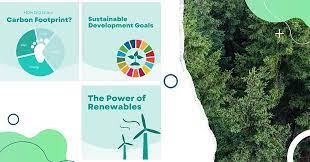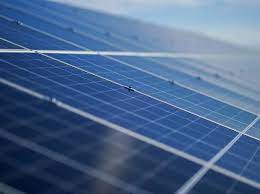
IMF to Provide $4.5 bn Loan for Bangladesh to Combat Economic Crisis: Similar to many other Asian nations, Bangladesh’s economy is also facing a sudden increase in costs majorly due to the ongoing Ukraine conflict. To help Bangladesh cope with soaring prices, the International Monetary Fund (IMF) on Wednesday announced $4.5 billion in assistance for the Asian country.
November 2022 Current Affairs Quiz
Current Economic Situation Of Bangladesh:
Bangladesh’s $416-billion economy has been one of the world’s fastest growing economy for years. But rising energy and food prices, sparked by Russia’s invasion of Ukraine, along with shrinking foreign exchange reserves, have swelled its import bill and current account deficit.
After Pakistan and Sri Lanka, it became the third country in South Asia to obtain a “staff-level agreement” with the IMF for loans this year.
Why The Crisis Situation:
Bangladesh’s economic mainstay is the export-oriented garment industry, which is bracing for a slowdown as big customers like Walmart are saddled with excess stocks as inflation forces people to prioritise their spending. According to figures from the central bank, the nation’s foreign exchange reserves had decreased from $46.49 billion on Nov. 2 to $35.74 billion.
What Has Been Said:
“The heat of the global economy has affected our economy to some extent,” Finance Minister A.H.M. Mustafa Kamal told reporters after the IMF announcement. “We requested the IMF loan as a precautionary measure to ensure that this instability does not escalate into a crisis.”
The fund said it had reached an “employee level agreement” for a 42-month arrangement, with about $3.2 billion from its Extended Credit Facility (ECF) and Extended Fund Facility (EFF), as well as approx from its new Resilience & Sustainability $1.3 billion facility (RSF).
“The objectives of Bangladesh’s new Fund-supported program are to preserve macroeconomic stability and support strong, inclusive, and green growth, while protecting the vulnerable,” the lender said in a statement.
About IMF:
The International Monetary Fund (IMF) is an organization of 190 member countries, each of which has representation on the IMF’s executive board in proportion to its financial importance, so that the most powerful countries in the global economy have the most voting power.
History of IMF:
In July 1944, the IMF, also known as the Fund, at a United Nations conference in Bretton Woods, New Hampshire, USA.The 44 countries at that conference sought to build a framework for economic cooperation to avoid a repetition of the competitive devaluations that had contributed to the Great Depression of the 1930s.
Countries were not eligible for membership in the International Bank for Reconstruction and Development (IBRD) unless they were members of the IMF. IMF, as per Bretton Woods agreement to encourage international financial cooperation, introduced a system of convertible currencies at fixed exchange rates, and replaced gold with the U.S. dollar (gold at $35 per ounce) for official reserve.
After the Bretton Woods system (system of fixed exchange rates) collapsed in the 1971, the IMF has promoted the system of floating exchange rates. Countries are free to choose their exchange arrangement, meaning that market forces determine the value of currencies relative to one another. This system continues to be in place today.





